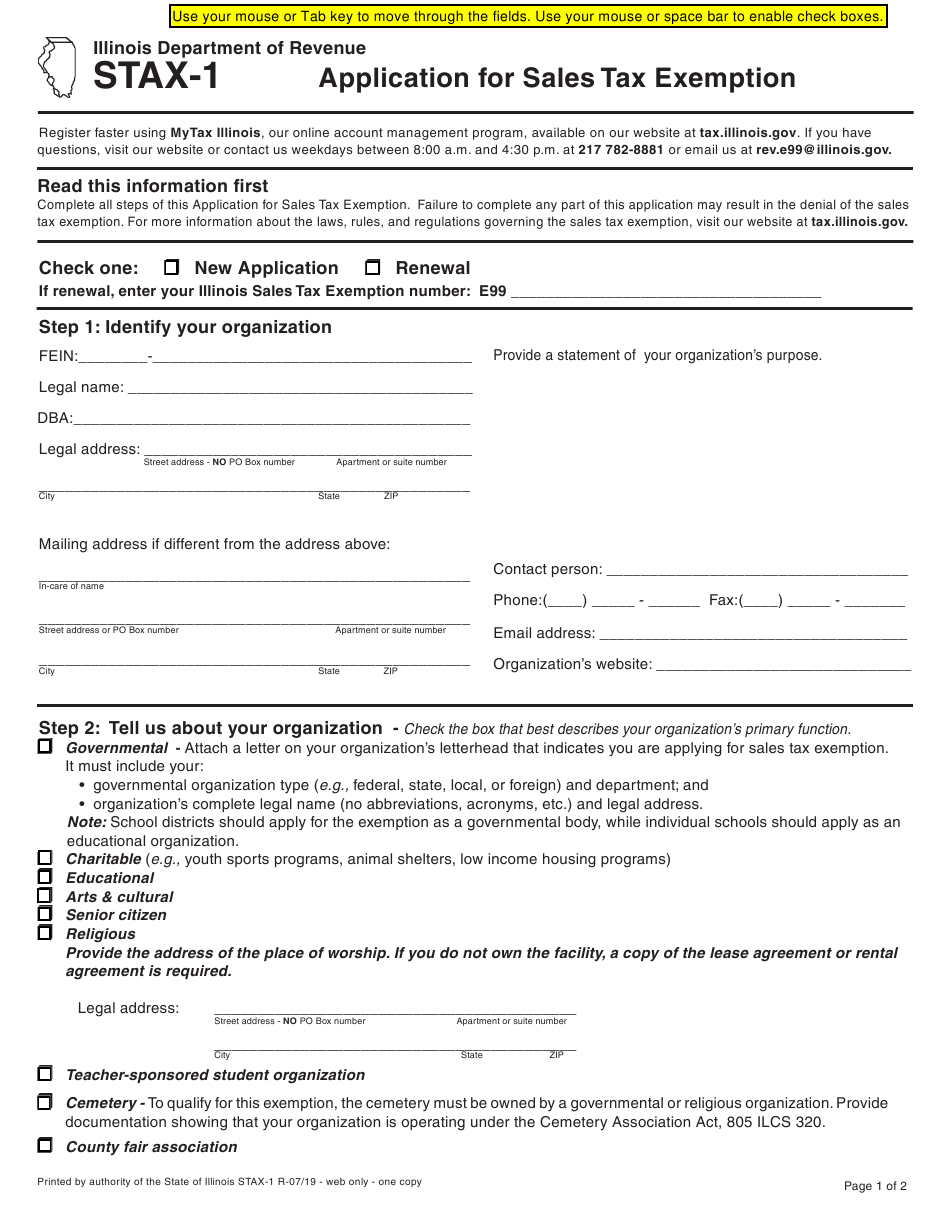Essential Steps for 501c3 Paperwork: Who Handles It?

In today's fast-paced business world, understanding the intricacies of achieving nonprofit status is crucial for organizations committed to making a difference in their communities. The process of obtaining 501c3 status from the Internal Revenue Service (IRS) involves several detailed steps and can be overwhelming without proper guidance. This blog post will detail the key steps involved in filing 501c3 paperwork and address the important question of who should handle the process.
Why Pursue 501c3 Status?

501c3 status offers numerous advantages for nonprofit organizations, including tax exemptions, eligibility for grants, and the ability to accept tax-deductible donations from donors. Here are some of the key benefits:
- Tax Exemption: Nonprofits are exempt from federal income tax on income derived from activities substantially related to their tax-exempt purpose.
- Eligibility for Public and Private Grants: Many funding sources require organizations to have 501c3 status.
- Tax Deductions for Donors: Contributions made to your organization are tax-deductible, which can be a major incentive for donors.
🏦 Note: While 501c3 status offers many financial benefits, the process to obtain it is rigorous to ensure only legitimate nonprofit organizations are granted this status.
Steps to File for 501c3 Status

Here’s a step-by-step guide to navigating the 501c3 filing process:
1. Establish Your Organization

First, you must formally establish your nonprofit by creating articles of incorporation. This document sets the legal foundation for your organization. Here are the basics:
- Name the Organization: Choose a unique name that reflects your mission.
- Purpose: Define your nonprofit’s purpose, which must align with the criteria for 501c3 status.
- Incorporate: File the articles with the state where your organization will be based.
2. Develop and Adopt Bylaws

Bylaws are the internal operational rules that govern your organization. They should cover:
- Membership policies
- Board structure and meetings
- Committees
- Voting procedures
3. Obtain an Employer Identification Number (EIN)

To proceed with IRS applications, you need an EIN, which can be obtained for free through the IRS website.
4. Prepare Form 1023 or 1023-EZ

The heart of the 501c3 application process involves filling out either:
- Form 1023-EZ: Suitable for smaller organizations with anticipated annual gross receipts of $50,000 or less for the next three years.
- Form 1023: More detailed and typically required for larger or more complex organizations.
5. Assemble Required Attachments

Depending on the form, you’ll need to attach:
- Articles of incorporation
- Bylaws
- Financial data
- Narrative description of activities
- Any documents concerning operations or changes in structure
6. File the Application with the IRS

Submit your completed application along with the appropriate user fee (275 for Form 1023-EZ, 600 for Form 1023).
📝 Note: Accuracy in your application is crucial. Errors or omissions can delay or even result in a rejection.
Who Handles the Paperwork?

The question of who handles the 501c3 paperwork often arises, especially in smaller organizations. Here are your options:
1. Founders or Board Members:

Many organizations start with founders or board members taking on this role due to financial constraints:
- Pros: Cost-effective; direct control over the process.
- Cons: Time-consuming; potential for errors without legal knowledge.
2. Hiring a Legal or Tax Expert:

When complexity increases or for peace of mind:
- Pros: Expertise ensures accuracy and speed; can help navigate complex issues.
- Cons: Additional cost; less control over the process.
3. Nonprofit Formation Services:

There are companies specializing in assisting with nonprofit formation:
- Pros: Expertise in nonprofit laws; handle much of the paperwork.
- Cons: Can be costly; you still need to provide detailed information.
Choosing the Right Approach

When deciding who should handle your organization’s 501c3 paperwork, consider:
- Complexity of your organization: Simple structures might not need outside help.
- Financial Resources: Assess if you can afford professional assistance.
- Time and Expertise: Evaluate whether your team has the time and knowledge to do it in-house.
🔍 Note: Whichever approach you choose, thorough review of documents before submission is non-negotiable.
Wrapping Up

Obtaining 501c3 status is not just about filling out forms; it’s about setting a foundation for your nonprofit’s future. The steps detailed above provide a roadmap to ensure your organization is in compliance and able to leverage the advantages of this tax-exempt status. Whether you handle the paperwork internally or seek external help, understanding the process and the implications of each step is crucial. Remember, the journey to 501c3 status is an investment in your organization’s long-term mission and impact.
How long does it take to get 501c3 status?
+The IRS typically processes Form 1023 within 3 to 6 months, while Form 1023-EZ can be processed faster, sometimes within a few weeks. However, approval times can vary due to IRS backlog or application complexities.
Can my organization lose its 501c3 status?
+Yes, if an organization fails to comply with IRS rules regarding its tax-exempt status, such as engaging in excessive political campaigning, violating private benefit rules, or not filing annual returns, it could lose its 501c3 status.
What are the fees for applying for 501c3 status?
+The fee for Form 1023-EZ is 275, while Form 1023 costs 600. If using a nonprofit formation service or legal counsel, these fees will be additional.